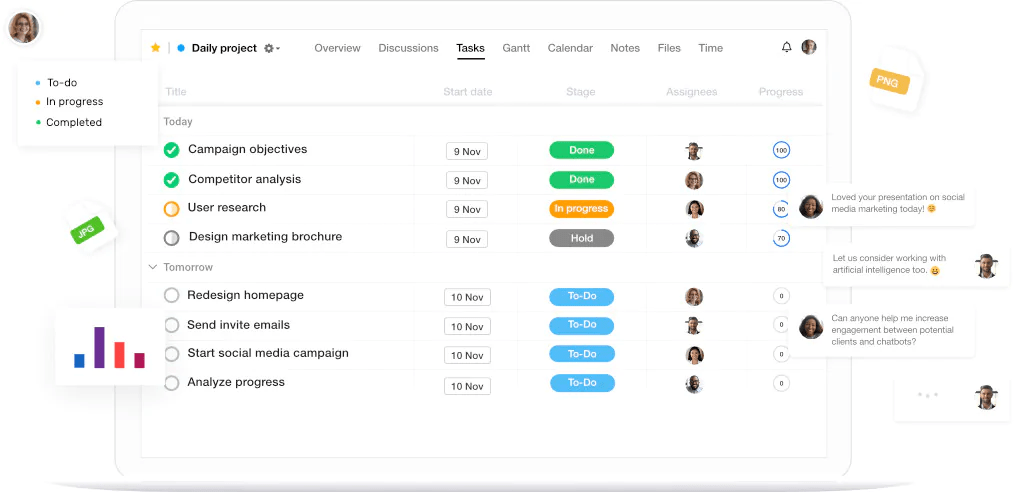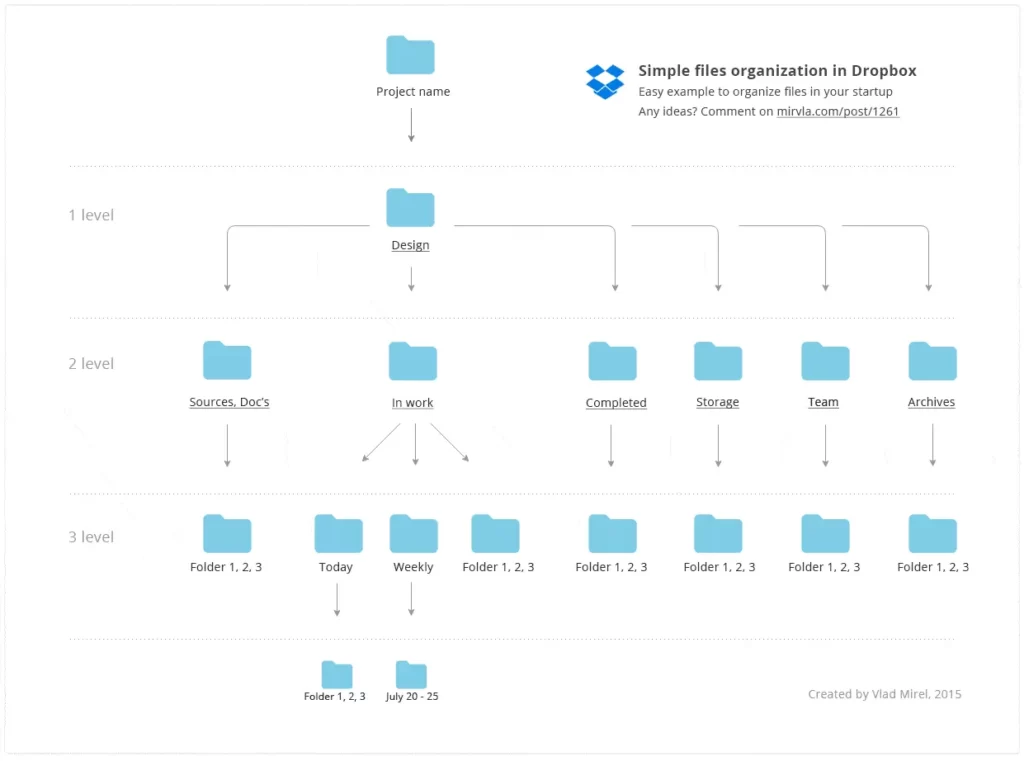Integrated Office Technology: Streamlining Business Operations
Technology has transformed offices and the way we work. The latest innovation in this space is integrated office technology solutions that interconnect various systems, devices, and apps within an office setup on a single unified platform. This emerging technology promises exciting new capabilities that can take productivity and efficiency to the next level.
Table of Contents
What is Integrated Office Technology?
Integrated office technology refers to technology systems in an office environment that can connect, communicate, and share data through a shared platform. This could include solutions like:
Unified Communications
- Phone systems
- Video conferencing equipment
- Instant messaging
- Presence technology
Productivity Software
- Office suites (docs, spreadsheets, presentations)
- Document management systems
- Project management tools
- Calendaring
Infrastructure/Hardware
- Computers
- Printers
- Scanners
- VOIP phones
- Smart boards
- Tablets
- BYOD devices
The key benefit of integrated office technology is that rather than having standalone silos of technology that don't interact, you have systems that connect, interoperate and share information seamlessly through shared data platforms and APIs.
Why Integrate Office Technology?

There are some significant reasons why businesses should shift to integrated technology systems:
1. Improved workflows
With integrated systems, data, files, and communications can flow smoothly between apps and devices. This eliminates friction and bottlenecks.
2. More insights
Data aggregated on a unified platform provides much richer analytics and insights through correlation analysis, pattern identification, etc.
3. Enhanced productivity
Studies show productivity improvements of over 20% with integrated systems due to seamless user experiences
4. Lower costs
Maintaining disjointed technology ecosystems is more resource-intensive, whereas integrated platforms enable shared infrastructure.
With many clear benefits, it's not surprising most modern offices are embracing technology integration.
Core Components of an Integrated Technology Stack
Some fundamental technology pillars form the foundations of a modern integrated office technology environment:
Unified Communications
This brings together all communications channels, including:
- Voice – phone calls, voicemail
- Video – video conferencing
- Messaging – instant messaging, SMS
- Shared calendars
Unifying all modes of communication breaks down silos and enables seamless omni-channel experiences.
Cloud-Based Productivity Software
Cloud-based office software suites provide the core tooling for knowledge workers, including:
Docs – word processing, document creation/collaboration
Sheets – spreadsheets, data analysis
Slides – presentations
Additional apps – notes, tasks, forms, flowcharts, diagrams etc.
With everything in the cloud, teams stay in sync with the latest content.
Device Agnostic Platforms
The technology architecture should flexibly support all types of devices people use, including:
- Laptops
- Desktops
- Tablets
- Smartphones
Enabling BYOD (bring your device) creates a more satisfying and productive environment.
Backbone Integration Capabilities
The solutions need a standard integration fabric enabling real-time data flows between applications via:
- APIs
- Webhooks
- Bots
- Notifications
- Streaming protocols
- Message queues
This nervy system creates seamless interoperability.
With these core components covered, there is enormous potential for optimisation.
Workplace Areas Transformed by Integration

Many parts of the modern workplace experience major benefits from integrated technology, including:
Enhanced Internal Teamwork
- Streamlined communications (messaging, video meetings)
- Fluid content collaboration (docs, sheets)
- Cross-functional alignment (strategy docs, project plans)
- Automated task coordination (workflows, alerts)
Improved Client Services
- Unified client records
- Omni-channel client engagement
- Client self-service portals
- Field workforce enablement (mobile apps, devices)
Operational Optimisation
- Process digitisation (paperless office)
- Procurement/inventory automation
- Integrated business analytics
- Dynamic resource allocation
HR & Culture
- Unified org directory
- Collaborative social intranet
- Self-service HR workflows
- Interactive learning management
- Team building apps
And much more. An integrated technology approach can enhance almost every area of an organisation.
Benefits of Integrated Office Technology

Now that we've seen some areas transformed let's examine the benefits:
> 20% Productivity Gains
Multiple studies have measured over 20% of improvements in workplace productivity from integrated technology investments. This comes from:
- Streamlined workflows
- Reduced manual tasks
- Less switching between apps/devices
- Better collaboration
That's an incredible uplift for any business.
Superior Customer Experiences
With a unified view of customer interactions across all channels, integrated systems enable:
- Omni-channel engagement
- Proactive service
- Contextual recommendations
- Loyalty programs
Leading to higher satisfaction scores and retention.
Democratised Innovation
When information flows freely, fresh ideas emerge through:
- Crowdsourcing initiatives
- Internal hackathons
- Org-wide challenge competitions
- Faster prototyping cycles
Unlocking innovation widely across teams.
Strategic Agility
With a flexible digital workplace, organisations can rapidly realign to shifting business landscapes by:
- Reskilling staff quickly
- Reconfiguring supply chains
- Launching new business models
- Entering new markets
- Adapting products/services
Outpacing less agile competition.
These remarkable benefits make technology integration a vital competitive necessity.
Technology Integration Best Practices
However, executing integration successfully has some essential requirements:
Secure Information Architecture
With data flowing between apps, robust controls are necessities, including:
- Granular permission policies
- Encryption (data-at-rest, in-transit)
- Data loss prevention
- Compartmentalisation (network segments)
- Multifactor authentication
- Audit logs
Protecting information integrity and privacy.
Change Management Processes
Any tech transformation requires preparing stakeholders via:
- Executive alignment
- User training
- Org comms
- Digital adoption packages
- Help resources
- Surveys & feedback channels
Ensuring smooth adoption.
Agile Governance
As needs shift, the technology architecture should flex through:
- Cloud-based delivery
- Open standards (API)
- Modular components
- Continuous delivery pipelines
- Infrastructure-as-code
Enabling rapid iteration.
With preparation in these areas, organisations can transition effectively to integrated systems.
Example Integration Use Cases

Some interesting examples that showcase the power of technology integration:
Smart Warehouse Flows
- Stock level sensors
- Auto-capture shipping data
- Inventory management software
- Supply chain visibility
- Predictive restocking
Synchronising the physical and digital.
Unified Client View
- Consolidated transaction records
- Email/chat history
- Support tickets
- Satisfaction surveys
- Browser/app activity data
Providing a 360-degree perspective.
Immersive Meetings
- Video conferencing
- Digital whiteboards
- Shared docs/slides
- Live polls/Q&A
- Breakout rooms
- Transcription/translation
Enabling deeply engaging sessions.
And these only scratch the surface of what's possible with catch-all integration capabilities.
The Technology Paving the Way – iPaaS.
While point-to-point integration between applications is always an option, managing it can become complex. Instead, leading organisations adopt iPaaS (integration Platform-as-a-Service) solutions to accelerate connectivity. Some key capabilities:
- Cloud-based
iPaaS runs in the cloud, enabling rapid scale, high reliability, and operational efficiency.
- Prebuilt connectors
Connectors for common apps (GSuite, Salesforce, etc) enable fast integrations.
- Secure data handling
Robust controls around data flow addressing compliance, privacy, and security.
- Monitoring & analytics
Tracking usage metrics. Identifying optimisation opportunities. Detecting issues.
- Scalable
Flexible scales up to handle growing data flows and workload demands.
With these solution properties, iPaaS lays a solid foundation for frictionless system interoperability.
Industry Perspectives on Adoption
Let's get some external outlooks on integrated office technology:
“85% of organisations saw productivity benefits from technology integration investments”. – McKinsey
“Unity, not uniformity, must be our aim. We attain unity only through variety. Differing systems, like differing personalities, may well supplement each other in organic growth.” – Frank Lloyd Wright
Thought leaders overwhelmingly see integration as an essential paradigm shift.
Evaluating Solutions
When evaluating integrated office technology solutions, some critical selection criteria include:
- Ease of use – Intuitive interfaces improving user adoption
- Flexibility – Ability to customise to unique needs
- Data security – Encryption, access controls, compliance certification
- Cost – Total cost of ownership over 3-5 years
- Innovation – Product roadmap and pace of new features
- Ecosystem – Integrations with other tools your organisation uses
- Reliability – Uptime record and service quality
- Support – Responsiveness and channels available
Developing a balanced scorecard across these dimensions ensures finding the best fit.
Overcoming Common Challenges

Transitioning to an integrated technology environment also has some common hurdles to overcome:
Legacy Systems Inertia
Older niche tools can be challenging to replace. Using integration middleware helps bridge and migrate gradually.
Shadow IT Adoption
Lines of business adopting solutions independently. A centre-led strategy with flexibility helps counter this.
Information Overload
More data requires more processing. Leveraging analytics, ML, and curation tools tackles the flood.
Organisational Silos
A culture shift is needed. Collaboration-focused leadership combined with transparent systems help dissolve barriers.
With proactive mitigation measures in these areas, businesses can smoothly advance office technology coherence.
The Future with Hyperautomation
As integrated systems become more capable, the next wave will be hyper-automation – where tools leverage AI to further remove manual efforts through:
- Predictive analytics
- Smart decision support
- Natural language interfaces
- Automated document generation
- Declarative information flows
This will enable unprecedented productivity, insight and innovation. The possibilities are endless!
In Summary
- Integrated office technology breaks down disconnected systems, enabling unified digital environments with colossal efficiency and experience gains.
- Solutions combine communications, software, devices and infrastructure with a shared orchestration layer.
- Benefits include >20% productivity gains, superior customer experiences, democratised innovation and strategic agility.
- Keys to success involve secure architectures, change management and agile governance.
- iPaaS solutions help accelerate integration velocity for faster time-to-value.
With the right foundations, integrated technology unlocks fantastic potential for the hyperconnected workplace. The future is here!
Frequently Asked Questions
What are some everyday use cases for integration?
Common integration use cases include unified client records, inventory management flows, field workforce enablement, operational analytics, and omnichannel customer engagement.
Does integration require replacing all legacy systems?
Not necessarily. Integration middleware can help bridge legacy systems to avoid big bang rip-and-replace. This provides a gradual migration path.
Is iPaaS just for application integration?
No iPaaS can integrate at various layers – data integration across data stores, API integration across services, user experience integration across interfaces, and more.
What skill sets help with integration projects?
Useful skills include process analysis, data modelling, API literacy, UI/UX design, full-stack development, and enterprise architecture. Cross-skilled teams work best.
How long does an integration effort typically take?
Most iPaaS integration projects have ROIs measured in weeks to months. More complex multi-year application replacement projects tend to follow iterative agile milestones.
